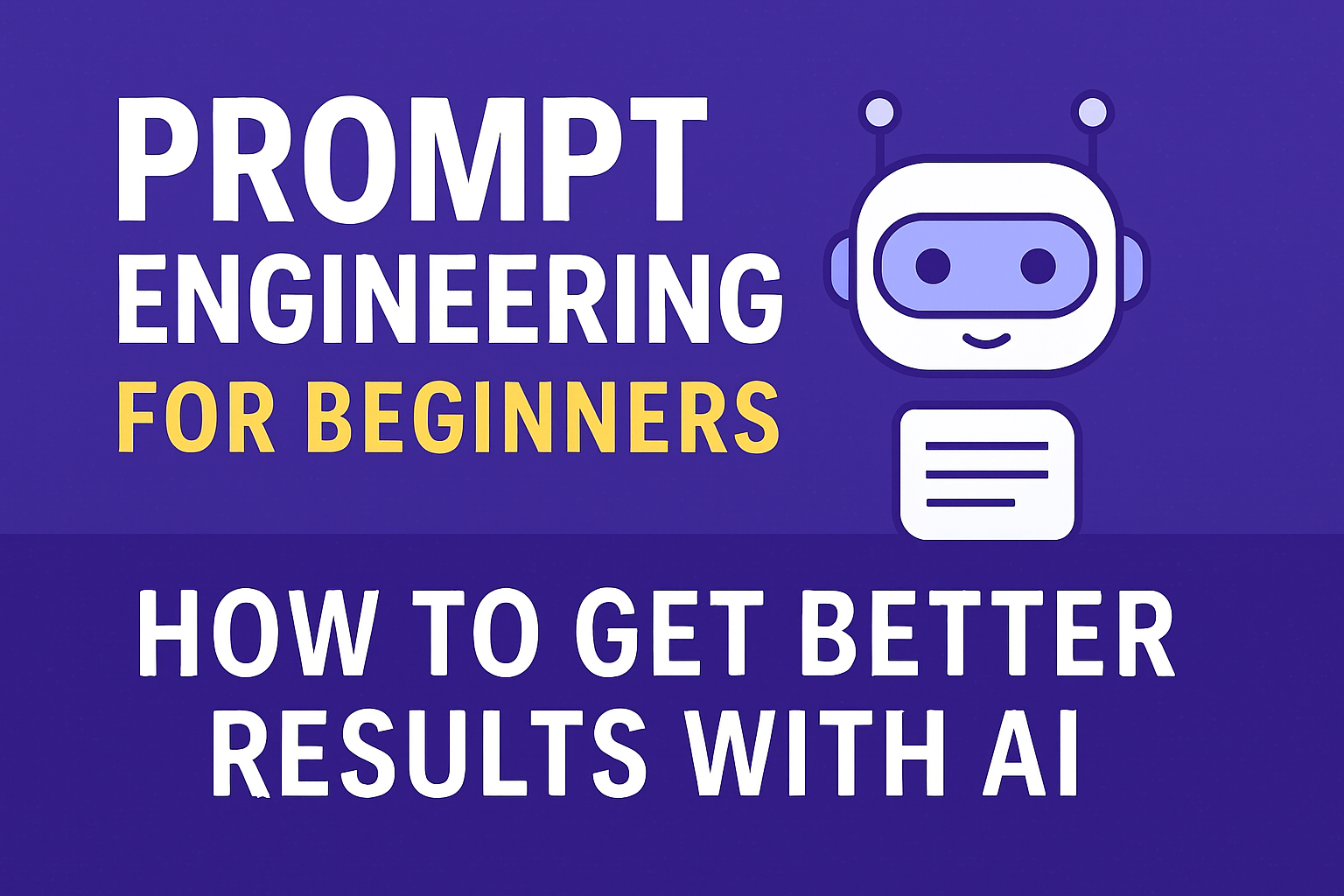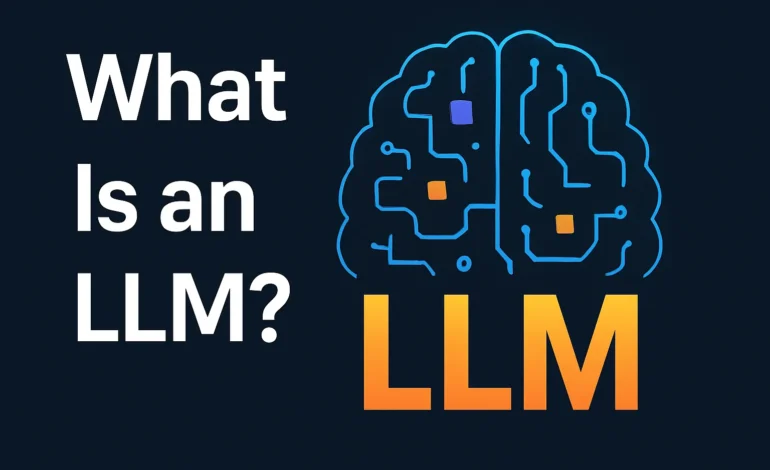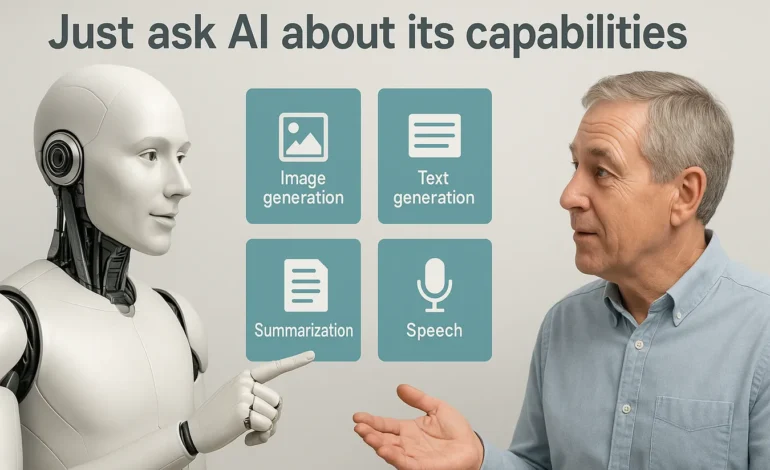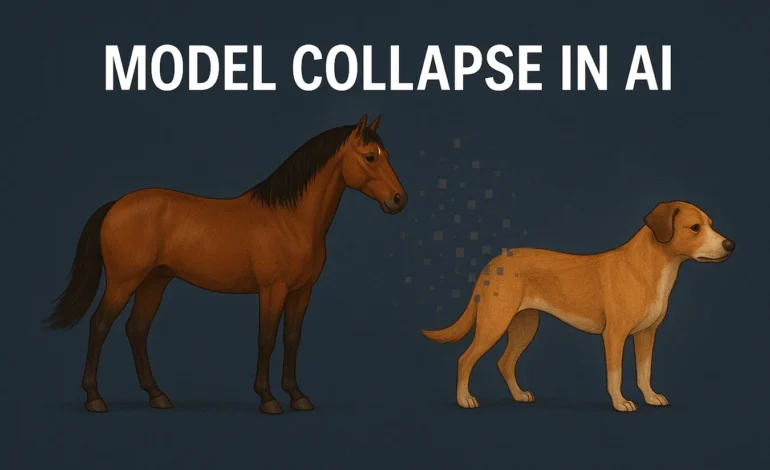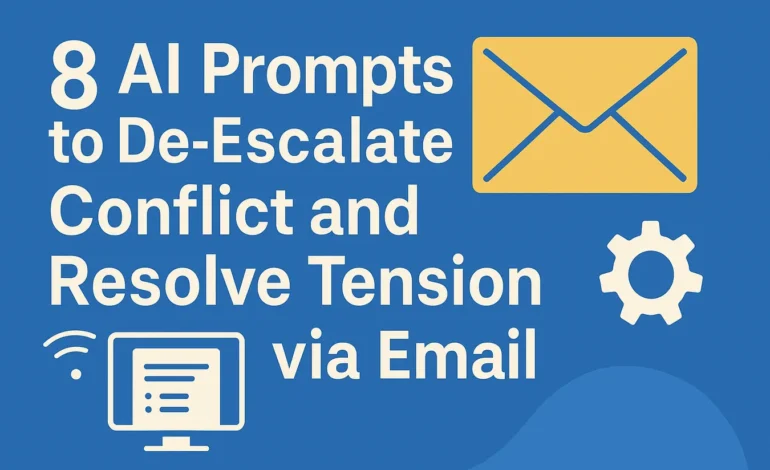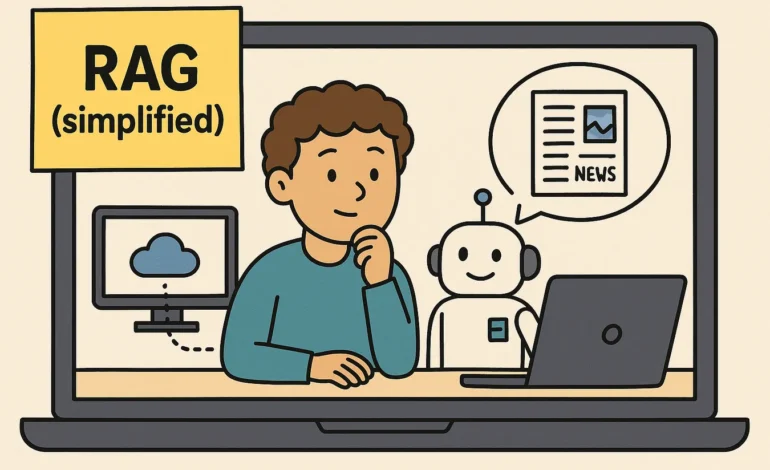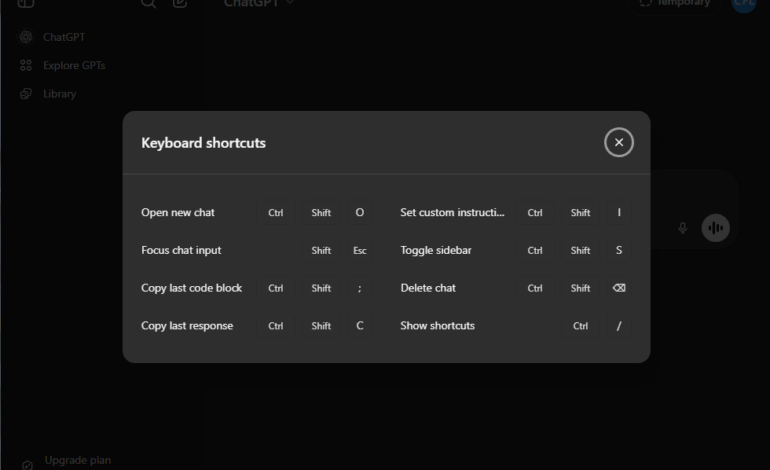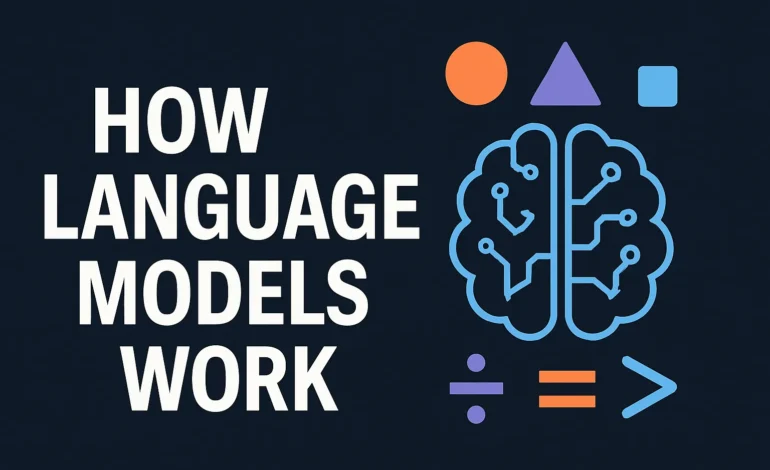
How Do Language Models Work? Decoding the Next-Word Predictor
How Do Language Models Work? Decoding the Next-Word Predictor
Language models like ChatGPT, Claude, and others have become part of everyday life-helping people write emails, translate texts, brainstorm ideas, or even write code. But how do these tools actually work under the hood? At the core, a language model is a sophisticated computer program trained to predict what comes next in a sequence of words. It does not understand meaning like a human does, but it has seen so much text during training that it can make surprisingly accurate guesses about language patterns, tone, and structure.
- Core Function: LMs operate purely on mathematical probability, predicting the next statistically likely token (word/fragment) in a sequence.
- Key Architecture: The transformer design allows models to process long-range dependencies, keeping track of context across entire documents.
- Intelligence Source: Their “intelligence” comes from the sheer scale of the training data (books, web data) and billions of learned statistical connections.
Training: From Massive Data to Probability
The training process involves feeding the model huge amounts of text-books, websites, articles, and dialogues-and letting it learn which words tend to follow which. This is known as self-supervised learning, where the data itself provides the supervision by masking out and predicting missing words.
Before any of this happens, the text is broken down into smaller units called tokens (which can be whole words, partial words, or punctuation marks). This Tokenization process converts the human-readable text into numerical vectors that the machine can process mathematically. This highly structured numerical data forms the basis for all the model’s predictions.
If you’re wondering what kind of models power tools like ChatGPT, you’re dealing with a Large Language Model (LLM). The “Large” refers to the massive scale of their training data (often trillions of words) and their parameter count (billions of connections). This scale is what gives LLMs their emergent capabilities, allowing them to perform tasks like coding and complex reasoning without being explicitly programmed for them.
Unique Value: How the Next Token is Born (Step-by-Step)
The model’s output—the generation of a sentence—is a cycle of repeated probabilistic predictions. This multi-step process is the core mechanism of generation:
- Tokenization: The input prompt (e.g., “The cat sat on the…”) is converted into numerical vectors.
- Contextualization: The Transformer architecture weighs the importance of every existing token against all others (using the Attention Mechanism) to establish context.
- Prediction: The model generates a probability distribution for all possible next tokens (e.g., 60% chance of “mat,” 20% of “roof,” 10% of “dog,” etc.).
- Sampling (Generation): The model selects a token based on this distribution. Crucially, it doesn’t always pick the highest probability token; it samples based on a temperature setting, allowing for creativity and variance.
- Loop: The newly selected token is appended to the input, and the entire sequence returns to Step 2 to predict the next token, continuing until a stop signal is reached.
This sequential prediction loop explains why LLMs can sometimes get “stuck” or become repetitive if the probability distribution narrows too quickly.
The Transformer: Why Attention Won
What truly made models like GPT revolutionary was their use of the Transformer architecture. Before the transformer, previous sequence models, like Recurrent Neural Networks (RNNs) and Long Short-Term Memory (LSTM) networks, processed data sequentially (word by word), struggling to remember information from the beginning of a long text—a flaw known as the vanishing gradient problem.
The core innovation is the Attention Mechanism. This design allows the model to look at all parts of a sentence simultaneously, assigning a “weight” or importance score to every other word when predicting the next word. This parallel processing capability is why the Transformer conquered older architectures: it efficiently keeps track of long-range dependencies, maintaining context, tone, and topic over long stretches of text.
Limits and the Fight Against Hallucination
Understanding the mechanism of next-word prediction reveals the fundamental limitations of LMs. Since their output is based purely on statistical probability, they can struggle with factual accuracy and logical consistency. If a pattern is statistically common but factually false, the model will often repeat the false information—a phenomenon known as hallucination.
To combat hallucination and improve factual accuracy, modern applications use Retrieval-Augmented Generation (RAG). RAG works by using the LLM to query an external, verified database (like a Knowledge Graph or a document store) before generating a response. The retrieved facts act as grounding evidence, forcing the LLM to base its output on true information rather than probabilistic patterns alone. This approach dramatically increases reliability and verifiability.
Furthermore, LMs primarily use Sub-Symbolic Reasoning based on association. They lack the rule-based logical framework of Symbolic AI, making them prone to errors when complex multi-step reasoning is required. This limitation is driving research toward Neuro-Symbolic hybrid systems. (Author’s Note: For detailed insights into the transformer’s dominance, see the original paper, Attention Is All You Need.)
In a Nutshell: Probability vs. Meaning
Language models don’t “understand” language-they predict it. By analyzing vast amounts of text and using the efficient Transformer architecture, they learn to generate responses that feel natural, but are ultimately based on probabilities. Their power lies in their scale, not their comprehension.
FAQ: Frequently Asked Questions About LMs
Q: What is a “token” in a language model?
A: A token is the basic unit of text that the model processes. It can be a whole word, a sub-word unit, or punctuation. Text is converted into these tokens (numerical vectors) before being fed into the model.
Q: What is the Attention Mechanism?
A: The Attention Mechanism is the core component of the Transformer architecture that allows the model to process all words in a sequence simultaneously, dynamically weighing the importance of each word relative to the others to maintain context over long distances.
Q: Why do LMs “hallucinate” facts?
A: LMs hallucinate because they are trained to predict the next word with the highest probability, not to retrieve facts from a verified database. If a false statement is statistically common or fits the sequence well, the model may generate it as a highly probable output.
Q: How does RAG help LMs?
A: RAG (Retrieval-Augmented Generation) uses external, verified knowledge sources to “ground” the LLM’s response in factually correct data, dramatically reducing the frequency of factual errors and hallucinations.

